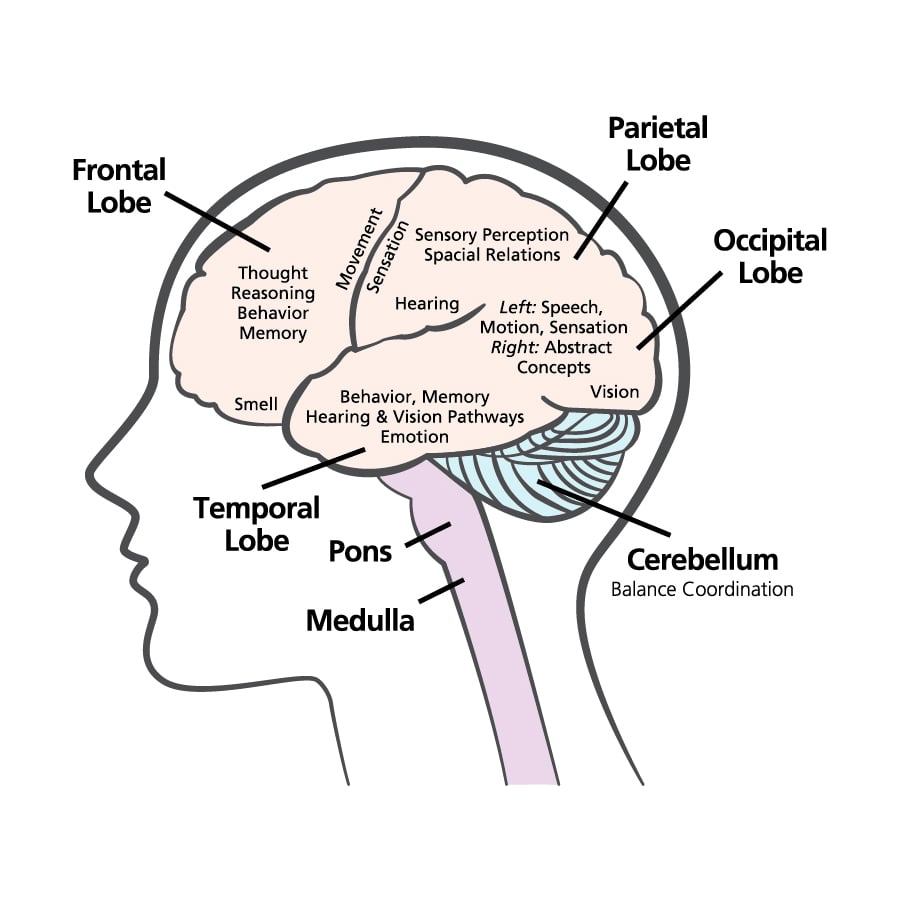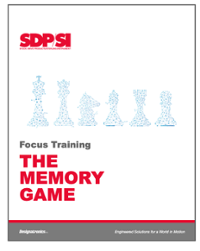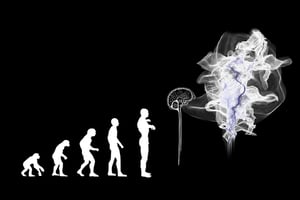“The dissolution of thoughts in eternal awareness or pure consciousness without objectification,...
Take Your Brain to the Gym
Most people understand the benefits of exercise for maintaining overall health and weight management. Few probably realize, though, that the brain needs even more care and exercise than the rest of the body to maintain its health and sharpness, and even fewer know how to exercise it properly. The brain is, after all, the most vital organ controlling every other essential bodily function. In this article, we examine the basic anatomy of the brain, the effects of physical exercise on the brain, and techniques to “workout” the brain specifically.
Anatomy of the Brain
With an average weight of just 3 pounds and average length of just 6 inches, the human brain is an incredible and complex organ with specialized sections that work together using a “communication” network of more than 100 billion nerves and trillions of connections known as synapses. The brain’s basic anatomy comprises of an outermost layer known as the cortex where thinking and voluntary movements begin. The control center for breathing and sleep is in the brain stem, which is between the spinal cord and the rest of the brain.

"Brain Illustrations" by Denise Wawrzyniak is licensed under CC BY-NC 4.0
The cluster of tissue in the center of the brain – the basal ganglia – coordinates messages between areas of the brain, and the cerebellum controls coordination and balance. Surrounding the brain is a layer of tissue called the meninges and, of course the skull, which protects the brain from injury.
The four main lobes of the brain are responsible for:
- Problem solving, judgment, and motor control – frontal lobe
- Sensation, handwriting, and body position – parietal lobe
- Memory and hearing – temporal lobe
- Visual processing – occipital lobe
Why Exercise?
Research proves that inflammation is an underlying cause of several diseases and disorders in the body and brain. Exercise reduces several “inflammatory brain markers” including CPR and IL-6, proteins that, when elevated, are linked to cardiovascular disease, diabetes, certain cancers, and other neurodegenerative conditions. Even a moderate 20-minute workout can result in a 5% reduction of the immune cells that produce inflammatory markers. However, these results won’t be sustained with occasional workouts. Regular exercise is necessary to sustain these results and to cumulatively reduce these markers even more. Cardiovascular exercise, specifically, reduces cholesterol and blood pressure and improves the physical structure of the heart, which can prolong life.
Scientists have known that exercise can prolong life but, until recently, they didn’t know why. According to an article in the journal, Preventative Medicine, caps at the end of human chromosomes called telomeres are an index of cellular aging. These caps tend to shorten as we age. People who live longer have longer telomeres. Exercise can slow the shortening of these caps significantly as compared to caps in sedentary people. A study at Brigham Young University concluded that people who engaged in high levels of physical activity showed less signs of aging than sedentary individuals, appearing nine years younger, in fact!
Further, there is good news for formerly sedentary people. Another study found that the positive impact on the formerly sedentary is as significant as on young people who exercise regularly. The results appear to be much more dramatic in response to interval training than to weight lifting or moderate exercise. So, the type of exercise a person chooses matters.
The consistent findings from numerous studies show that that low levels of activity are big risk factors for depression, and that physical activity can actually treat depression. Exercise stimulates production of the brain chemical serotonin, a natural antidepressant and BDNF (brain-derived neurotrophic factor). BDNF is a protein that works on neurons in the central nervous and peripheral nervous systems to sustain existing neurons and facilitate growth of new neurons and synapses. BDNF is active in the hippocampus, cortex and basal forebrain, areas that are essential to learning, memory, and higher thinking, as well as in the retina, saliva, kidneys, prostate, motor neurons, and skeletal muscle. Exercise is both a treatment and a preventative measure for depression.
Perhaps the best news about exercise is that it significantly reduces the risk of developing dementia, including Alzheimer’s. Brain volume can increase. Exercise increases synaptic plasticity and strengthens nerve impulses in the brain, improving memory capacity and increasing overall brain volume, even in people who start exercising late in life.
People don’t just lose muscle over time, their brains can atrophy, too; what experts refer to as “cognitive reserve” diminishes over time. As exercise produces lean muscle, a brain-healthy lifestyle and brain exercises can build up the brain’s cognitive reserve. In a very detailed 2013 study published in PLOS ONE, researchers looked at 2,235 men for 30 years and measured their participation in five healthy lifestyle behaviors including, non-smoking, optimal body mass index, high fruit and vegetable intake, regular physical activity, and low to moderate alcohol intake. Participants who followed all five of the behaviors were 60% less likely to develop cognitive impairment and dementia.
Brain Workouts
On top of good nutrition and regular exercise, there are specific ways to give the brain a workout. In fact, any variety in routine, real-world activities can make a difference, such as driving home a different route or brushing teeth with the opposite hand. The brain operates through associations, so the more senses a person engages, the better the brain workout. Word games, Sudoku, or photographs where the challenge is to identify differences from one to other are good for cognitive function.
Other practical tips are to test recall by making and memorizing lists, learning a musical instrument, or practicing a foreign language. Complex learning over a period of time reduces the effects of aging on the brain. Another is performing math without the aid of a pencil, paper, or calculator, especially when done at the same time as another activity like walking. To use many senses simultaneously, consider taking cooking classes to engage smell, touch, sight, and taste. Try to draw a map from memory each time you visit a new place or to identify the ingredients in foods by taste and smell. Refine motor skills with hobbies like knitting, drawing, painting, or assembling a jigsaw puzzle. To improve empathic responses, consider volunteering your time and resources.
The benefits of exercise are clear and indisputable. Physical exercise benefits the body and the mind. The addition of brain exercises to your physical routine can enhance the positive effects of physical exercise on the brain by increasing brain volume and memory and reducing the probability of cognitive impairment and dementia. Is there any reason not to exercise your most important organ? Hmm?
Looking for more ways to train your brain?
Check out The Memory Game, our premium ebook to help engineers remember anything!




